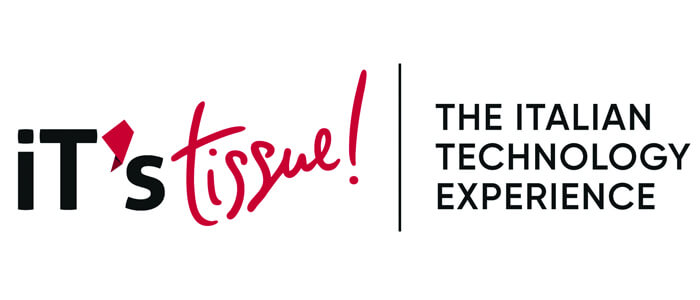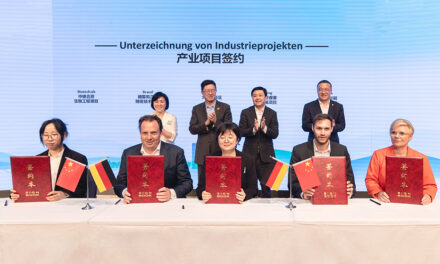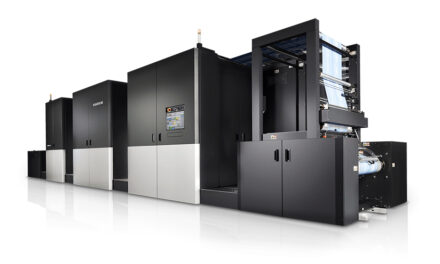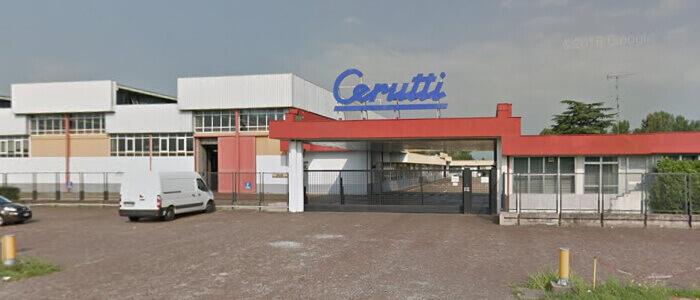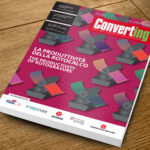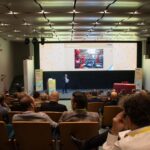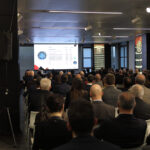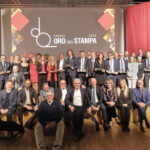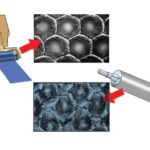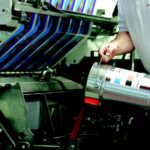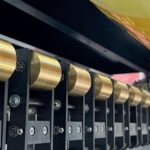Quick start-ups and “zero waste”, customized and heptachrome profiles and engraving curves, the challenge of waterbased inks and more, new cylinders with polyurethane coating… The contribution of prepress to the renewal of gravure in an interview with Biagio De Rosa for Inciflex.
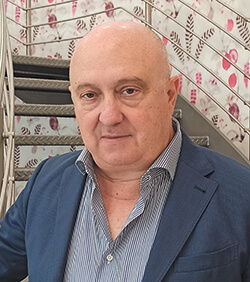 While flexo is in continuous movement, gravure printing can be defined as mature in technological terms. Its ability to serve a market that demands short runs, greater cost-effectiveness, special effects and sustainability depends above all on the innovative verve of machine manufacturers, suppliers of substrates and inks and – to a great extent – prepress services. In fact, they are experiencing a season of renewed development, with interesting results. This is how (in extreme synthesis) Biagio De Rosa, Inciflex manager, introduces the discourse on innovation in roto printing, the subject of this interview. A technology on which the Campania-based company is investing money – adapting the plant to the state of the art and acquiring, in mid-2019, a specialized company on the outskirts of Milan – and intelligence, directly engaging in the most promising developments
While flexo is in continuous movement, gravure printing can be defined as mature in technological terms. Its ability to serve a market that demands short runs, greater cost-effectiveness, special effects and sustainability depends above all on the innovative verve of machine manufacturers, suppliers of substrates and inks and – to a great extent – prepress services. In fact, they are experiencing a season of renewed development, with interesting results. This is how (in extreme synthesis) Biagio De Rosa, Inciflex manager, introduces the discourse on innovation in roto printing, the subject of this interview. A technology on which the Campania-based company is investing money – adapting the plant to the state of the art and acquiring, in mid-2019, a specialized company on the outskirts of Milan – and intelligence, directly engaging in the most promising developments
What is your main challenge in gravure?
Today, the rotogravure printing process is extremely automated and “simple”: with a valuable machine, a well-set job and a few skilful adjustments it is easier than with other technologies to achieve the expected result. Furthermore, there is no longer a need to “dirty” the colors and the mythical figure of the chromist, half a technician and half an artist, no longer exists, replaced by a more human specialized employee.This is not a criticism: one of the advantages of this technology is its simplicity, which produces a consistent and certain result. But… the criticalities and difficulties shift to the pre-press phases.
What are you referring to?
Those results and that simplicity are obtained with the ability to adequately set the curves and profiles for each customer, to capture the depth of the colors: in short, in the jobs that require human intervention. Our skill lies in creating a system that guarantees quality with the maximum optimization of costs and times, which are the factors on which this technology competes on the market. And it’s not enough that the cylinder has half the price it was 30 years ago: start-ups must not involve any adjustments and must take place in a short time and with limited waste.
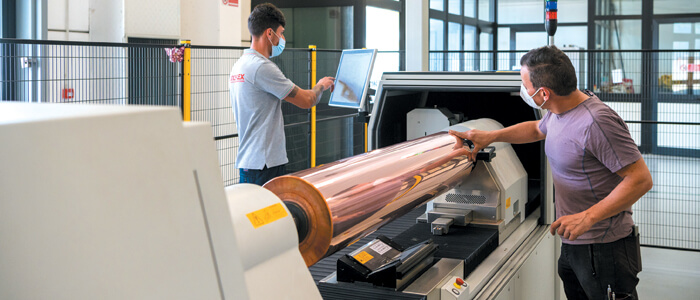
How? What results can be achieved?
In collaboration with some printers, we have developed a sort of guideline that, after the approval of the digital, allows us to create perfect proofs. With one top-level customer, to cite a significant figure, we have limited start-up film waste to 500 meters: this means that we have managed to standardize all the parameters (ink viscosity and density, speed etc.) and all the processes, implementing an ideal workflow. We are working on the development of a rapid job changeover system with dedicated engraving curves for the use of innovative inks.
What about waterbased inks? In flexo, they are successfully used on paper, while they are still causing problems on film. And in gravure?
It is an increasingly popular application in which we believe a lot. We were Uteco’s and Flint’s partner in the experimentation of a few years ago, which led to printing with solid grounds at 250 m/min. Shortly afterwards, thanks to that result, we were contacted by a foreign company for which we realized systems for water printing on raw aluminum: another beautiful experience, very enriching. As things stand today, if there is still not much waterbased printing in gravure, it is not due to the pre-press only, but to the entire system that has not yet create a firmly coordinated mechanism. Our company does not stop and continues to evolve. Just recently I had a confrontation with a printer and an inker I have yet to get to know, to talk together about innovation in this direction.
What’s your opinion on heptachrome?
We have been working on this technology for at least 10 years and we have experimented with it both in flexo and gravure, even in test and production conditions. In my opinion, on the right jobs and in the right quantities, and by putting everything that is needed in the field to perfection, it is a wonderful process, I would say perfect. If and only if, as I said, there are all the right conditions, both technical and economic. But we’ll get there.
There is also big news as regards cylinders too!
Yes, starting with the replacement of hexavalent chromium with other materials and, above all, with the advent of new polyurethane coatings. This is a development that we engravers, both individually and as members of the Acimga Group, are following with attention and great interest.
The sensitive aspects do not concern engraving technology, which remains more or less the same, but the duration of the coating. Because it’s one thing if it deteriorates after 2 millions meters of work, like the current chromium-plated copper cylinders, but quite another if it starts to wear out after 500,000 meters…
[toggle title=”Inciflex: prepress and innovation” load=”hide”]Inciflex Srl was founded in 1984 by Carmine Consalvo and today is run by his son Vincenzo with a prospective vision and a clear orientation to technological experimentation and market approach. Partner of printers and plants, equipment and consumable builders, Inciflex is constantly engaged in projects that investigate the new frontiers of flexo printing, its core business of its origins, and gravure today undergoing strengthening and development. Based in Fisciano (SA), it also has offices in Algeria and in Trezzano sul Naviglio (MI). There are four main reference sectors: digital flexo plates; rotogravure cylinders; direct laser engraving; flexo plates for corrugated cardboard packaging.[/toggle]

